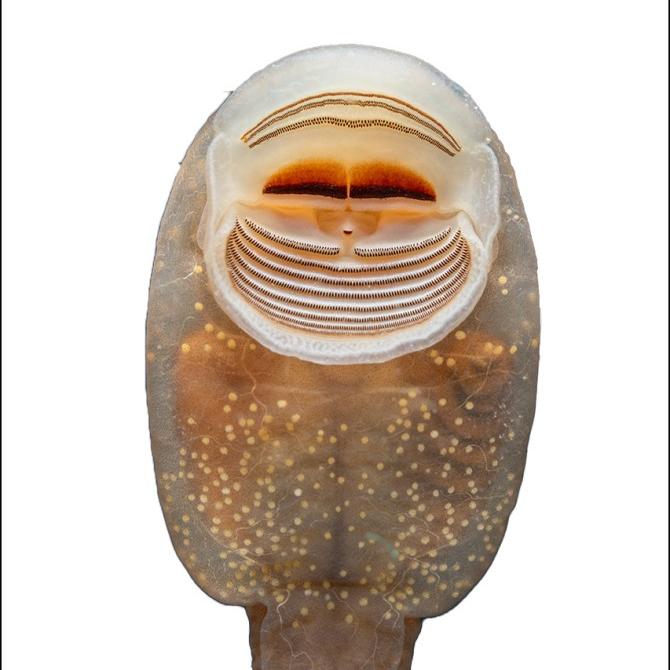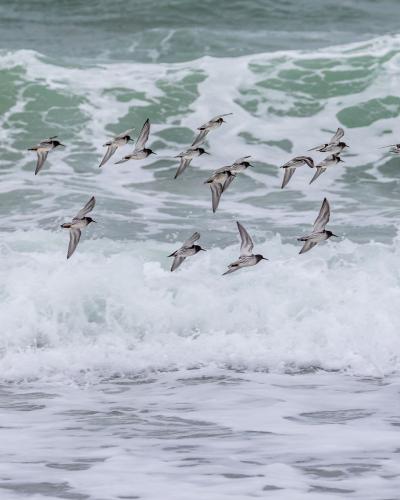A new computer model using machine learning to predict migratory bird movement could open the door to new insights on migration timing, stopover sites, bird response to climate change, light pollution and more, as it learns the patterns and variations in movement for individual species.
The model, called BirdFlow, spearheaded by the University of Massachusetts, Amherst, and the Cornell Lab of Ornithology, is explained in “BirdFlow: Learning Seasonal Bird Movements From eBird Data,” published Feb. 1 in the journal Methods in Ecology and Evolution.
“A particularly exciting aspect of this research is being able to take limited information from different sources and run it through BirdFlow,” said study co-author and Cornell Lab postdoctoral researcher Benjamin Van Doren. “We’ll be able to learn as much as we can about species movement through space and time.”
There are still many unanswered questions about bird migration. How long will they stay at stopover sites? Where will they go next? What route will they take to get there? These cannot be answered across large scales using any single method, such as satellite tracking.
“It’s really hard to understand how an entire species moves across the hemisphere using tracking,” said Dan Sheldon, Ph.D. ’09, professor of information and computer sciences at UMass Amherst, the paper’s senior author. “Relatively few birds can be tagged, and the data tell you the route that the tagged individuals followed, but not how other birds of the same species might move from different locations within its range.”
BirdFlow has been developed to process multiple data sources – in this case, weekly estimates of bird numbers from eBird data submitted by birdwatchers, and satellite tracking data. The model infers movement as birds move from location to location, from week to week.
“The BirdFlow model provides a vital piece of missing information – movement,” said Adriaan Dokter of the Cornell Lab, who is co-leading the BirdFlow project. “We’ll be able to unravel the routes that birds take, from their breeding grounds to stopover points, to wintering grounds and back, without having to capture birds and attach tracking devices. Understanding these connections will be critical to learning why some populations are doing poorly and some are doing well.”
Testing done on the model found BirdFlow could accurately project average travel routes for each individual species several weeks into the future, given a starting time and location.
“Going forward, we’ll be training the BirdFlow model on more and more species,” Van Doren said. “We’d also like to bring in more data sets to fine-tune the model, such as bird banding recoveries or radio-tagging data. Using BirdFlow to process multiple data sources will paint a more complete picture of bird movements to guide targeted conservation actions.”
The team plans to continue improving BirdFlow and will release a software package for ecologists to use later this year. The research was funded by the National Science Foundation, a Cornell Presidential Postdoctoral Fellowship, the Leon Levy Foundation, the Wolf Creek Charitable Foundation, the Pittsburgh Supercomputing Center and the Massachusetts Technology Collaborative.
Pat Leonard is a writer for the Cornell Lab of Ornithology.






